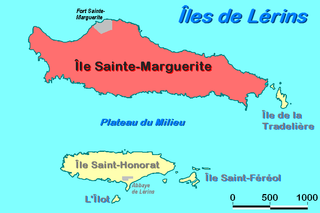
1669 (MDCLXIX) was a common year starting on Tuesday of the Gregorian calendar and a common year starting on Friday of the Julian calendar, the 1669th year of the Common Era (CE) and Anno Domini (AD) designations, the 669th year of the 2nd millennium, the 69th year of the 17th century, and the 10th and last year of the 1660s decade. As of the start of 1669, the Gregorian calendar was 10 days ahead of the Julian calendar, which remained in localized use until 1923.

The Bastille was a fortress in Paris, known formally as the Bastille Saint-Antoine. It played an important role in the internal conflicts of France and for most of its history was used as a state prison by the kings of France. It was stormed by a crowd on 14 July 1789, in the French Revolution, becoming an important symbol for the French Republican movement. It was later demolished and replaced by the Place de la Bastille.
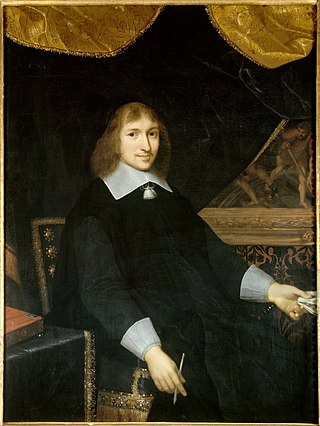
Nicolas Fouquet, marquis de Belle-Île, vicomte de Melun et Vaux was the Superintendent of Finances in France from 1653 until 1661 under King Louis XIV. He had a glittering career, and acquired enormous wealth. He fell out of favor, accused of peculation and lèse-majesté. The king had him imprisoned from 1661 until his death in 1680.

The Lérins Islands are a group of four Mediterranean islands off the French Riviera, in Cannes. The two largest islands in this group are the Île Sainte-Marguerite and the Île Saint-Honorat. The smaller Îlot Saint-Ferréol and Îlot de la Tradelière are uninhabited. Administratively, the islands belong to the commune of Cannes.

The Man in the Iron Mask was an unidentified prisoner of state during the reign of King Louis XIV of France (1643–1715). Warranted for arrest on 28 July 1669 under the pseudonym of "Eustache Dauger", he was incarcerated on 24 August and held for 34 years in the custody of the same jailer, Bénigne Dauvergne de Saint-Mars, in four successive French prisons, including the Bastille. When he died there on 19 November 1703, his inhumation certificate bore the pseudonym of "Marchioly", leading several 19th century historians to conclude the prisoner was Italian diplomat Ercole Antonio Mattioli.

Antonin Nompar de Caumont, 1st Duke of Lauzun was a French courtier and soldier. He was the only love interest of the "greatest heiress in Europe", Anne Marie Louise d'Orléans, Duchess of Montpensier, cousin of Louis XIV.

The Vicomte of Bragelonne: Ten Years Later is a novel by Alexandre Dumas. It is the third and last of The d'Artagnan Romances, following The Three Musketeers and Twenty Years After. It appeared first in serial form between 1847 and 1850.

Pinerolo is a town and comune in the Metropolitan City of Turin, Piedmont, northwestern Italy, 10 kilometres (6.2 mi) southwest of Turin on the river Chisone. The Lemina torrent has its source at the boundary between Pinerolo and San Pietro Val di Lemina.
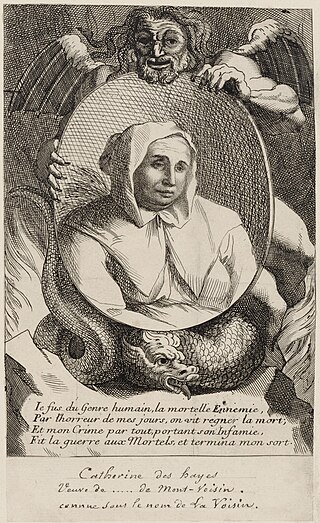
The Affair of the Poisons was a major murder scandal in France during the reign of King Louis XIV. Between 1677 and 1682, a number of prominent members of the aristocracy were implicated and sentenced on charges of poisoning and witchcraft. The scandal reached into the inner circle of the king. It led to the execution of 36 people.
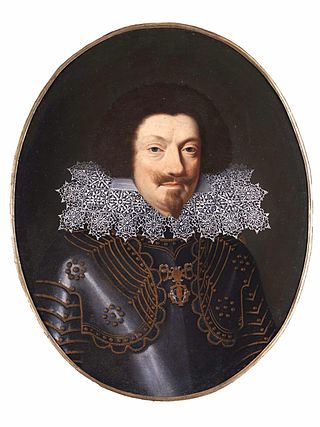
The War of the Mantuan Succession (1628–1631) was a conflict related the Thirty Years' War and was caused by the death in December 1627 of Vincenzo II, the last male heir in the direct line of the House of Gonzaga and the ruler of the Duchies of Mantua and Montferrat. Those territories were key to control of the Spanish Road, an overland route that allowed Habsburg Spain to move recruits and supplies from Italy to their army in Flanders. The result was a proxy war between France, which supported the French-born Duke of Nevers, and Spain, which backed a distant cousin, the Duke of Guastalla.

The Battle of Staffarda took place on 18 August 1690 during the Nine Years' War in Piedmont, Northern Italy. The engagement was the first major battle of the Nine Years' War in Italy since Victor Amadeus II of Savoy joined the Grand Alliance against Louis XIV of France earlier that year.
The French attack against the Vaudois was a systematic military campaign in 1686 ordered by Louis XIV against a small Protestant community across the French border in Piedmont. As a result of the campaign, the Vaudois were expelled from their homes, but they returned during the War of the Grand Alliance under an agreement reached with Victor Amadeus, the Duke of Savoy.

Ferdinando Carlo Gonzaga was the only child of Duke Charles II of Mantua and Montferrat, and the last ruler of the Duchy of Mantua of the House of Gonzaga.
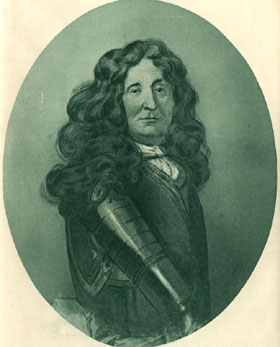
Bénigne d'Auvergne de Saint-Mars was a French prison governor in the late 17th and early 18th century. He is best known as the apparent keeper of the Man in the Iron Mask. According to letters written by Saint-Mars to various officials and ministers of France, he had in his custody a prisoner of State, whom he carried with him from Pinerolo to the Lérins Islands, and later to the Bastille.
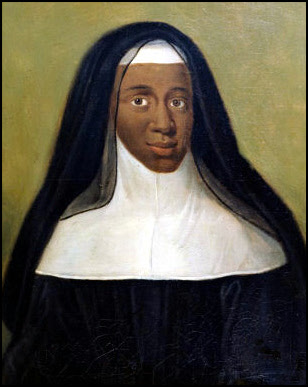
Louise Marie-Thérèse, also known as The Black Nun of Moret, was a French nun and the subject of accounts from the 18th century in which she was dubiously claimed to be the daughter of the Queen of France, Maria Theresa of Spain. Her existence is mentioned in several different sources.

Le Masque de fer is a 1962 French film directed by Henri Decoin, based on the 1850 novel The Vicomte of Bragelonne: Ten Years Later by Alexandre Dumas and specifically part 3 of the novel, The Man in the Iron Mask; which in turn is based on the real-life story of the Man in the Iron Mask.
Paul Roux de Marcilly, sometimes spelled Marsilly, is said to be the head and coordinator of a plot against King of France Louis XIV in 1668. In a socio-political context of persecution of Huguenots and famine, the plot was on a European scale. The conspiracy aimed at overturning Louis XIV’s government and change into republics provinces like Provence, Dauphiné, and Languedoc, with the military support of Switzerland, Spain and United Netherlands.

Le secret du Masque de Fer is a historical essay by French novelist Marcel Pagnol, who identified the famous prisoner in the iron mask as the twin brother of Louis XIV, born after him and imprisoned for life in 1669 for having conspired against the King. The essay was published for the first time in 1965 under the title Le Masque de fer, and updated in 1973, completed in particular with research on James de la Cloche, identified as the twin bearing this name in his youth.

The Bastille or Bastille Saint-Antoine was completed in 1383. The commander of the Bastille was its governor, and was previously called capitaine.










